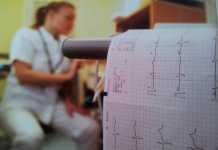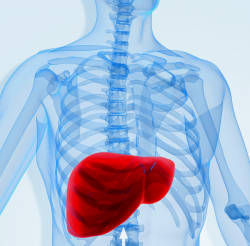August 2005 - Heart attack patients treated with primary percutaneous intervention (PCI) at hospitals after hours and on weekends wait longer to receive clot busters and other treatments and have a higher risk of death than those treated during regular hospital hours, researchers at Yale School of Medicine report in the August 17 issue of Journal of the American Medical Association (JAMA).
The researchers found that while 67.9 percent of heart attack patients were treated during off-hours (weekdays 5 p.m. to 7 p.m. and on weekends), the time from hospital arrival to receiving clot dissolving medications varied from only one minute longer wait for clot busting medications to 21 minutes longer wait for (PCI) therapy.
"The findings suggest that the delayed treatment associated with PCI treatment is associated with a greater mortality risk," said Harlan M. Krumholz, M.D., professor of medicine and public health at Yale School of Medicine. Krumholz is also director of the Robert Wood Johnson Clinical Scholars Program at Yale.
He added, "Many patients at night and on weekends have very long delays. This study highlights the need to focus on improving our systems of care during these times for patients who are referred for procedures to treat heart attacks."
Heart attack patients generally receive reperfusion therapy, which consists of either clot busting drugs to restore blood flow to an organ or tissue, or PCI treatments such as angioplasty where a catheter-guided balloon is used to open a narrowed coronary artery. Reperfusion therapy reduces the risk of death for eligible ST-segment elevation myocardial infarction (STEMI), which is detected on an electrocardiogram after a heart attack. The shorter the time from symptom onset to treatment, the greater the survival benefit with either therapy. Krumholz said all things being equal, PCI produces a better outcome, but delays will undermine that advantage.
Continue Reading Below ↓↓↓
The study also indicates that even during the day, many patients are not receiving rapid enough therapy. During the day, fewer than half of the patients undergoing PCI received treatment with the time frame recommended by the national guidelines.
Krumholz and collaborators point out that delays to PCI during off-hours are common to all types of hospitals, including high-volume PCE centers. The authors write that because delays to PCI can result in lower survival rates for STEMI patients, hospitals should commit to providing PCI care in a timely manner. Krumholz and his co-authors suggest hat this can be achieved by providing onsite, round-the-clock staffing of the cardiac catheterization laboratory. But the clinical benefits of providing this service must be weighed against the added cost.
Krumholz said other possible solutions include cross-training non-cardiac catheterization laboratory staff to assist with PCI during off-hours and transporting off-hour patients to institutions with continuous cardiac catheterization laboratory staffing.
The National Heart, Lung and Blood Institute funded the study. Data were made available by Genentech, Inc. from the National Registry of Myocardial Infarction.
Citation: JAMA August 17, 2005; 294:813-818.
Source: Yale University










